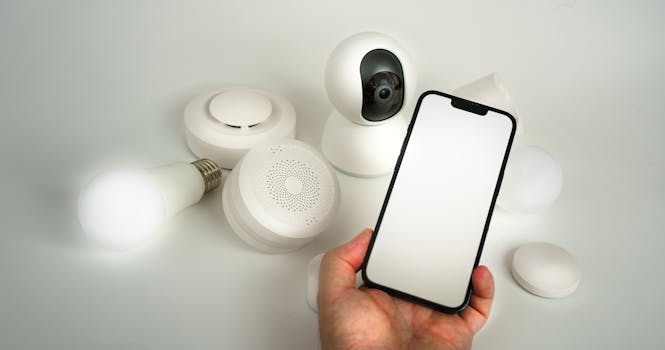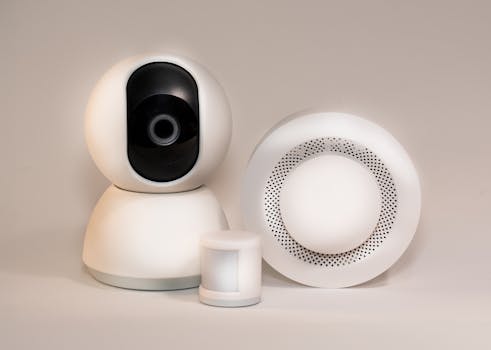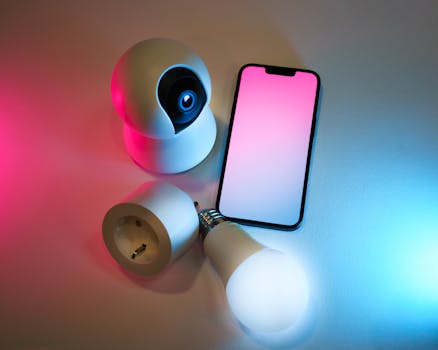Home Automation in 2025: The Smart Home Ecosystem
Home Automation in 2025: The Smart Home Ecosystem is revolutionizing the way we live, work, and interact with our surroundings. With the rise of the Internet of Things (IoT), smart home devices are becoming increasingly connected, creating a seamless and integrated ecosystem that makes life easier and more convenient.
Introduction to Home Automation

Home automation refers to the use of technology to control and monitor various aspects of a home, including lighting, temperature, security, and entertainment systems. In 2025, home automation is no longer just about controlling individual devices, but about creating a comprehensive and interconnected system that can learn and adapt to our habits and preferences.
The Smart Home Ecosystem

The smart home ecosystem is a network of devices, sensors, and systems that work together to create a unified and integrated experience. This ecosystem includes devices such as thermostats, lighting systems, security cameras, door locks, and home entertainment systems, all of which can be controlled and monitored remotely using a smartphone or voice assistant.
Key Features of Home Automation in 2025

Some of the key features of home automation in 2025 include:
- Artificial intelligence (AI) and machine learning (ML) capabilities that enable devices to learn and adapt to our habits and preferences
- Increased use of voice assistants and smart speakers to control and monitor devices
- Improved security and data protection measures to safeguard against cyber threats
- Enhanced energy efficiency and sustainability features to reduce energy consumption and waste
- Seamless integration with other smart devices and systems, such as wearables and vehicles
Benefits of Home Automation in 2025

The benefits of home automation in 2025 are numerous and varied. Some of the most significant advantages include:
- Increased convenience and comfort, with the ability to control devices remotely and automate routine tasks
- Improved energy efficiency and reduced energy consumption, which can help to lower utility bills and minimize environmental impact
- Enhanced security and safety features, such as motion sensors and smart door locks, which can help to protect against intruders and accidents
- Increased property value and appeal, with smart home features becoming a major selling point for potential buyers
- Improved health and well-being, with the ability to monitor and control indoor air quality, lighting, and temperature
Conclusion

In conclusion, home automation in 2025 is a rapidly evolving field that is transforming the way we live, work, and interact with our surroundings. With the rise of the smart home ecosystem and the increasing use of IoT devices, we can expect to see even more innovative and integrated solutions in the future. Whether you’re a homeowner, renter, or developer, it’s essential to stay ahead of the curve and explore the benefits and opportunities of home automation in 2025.


